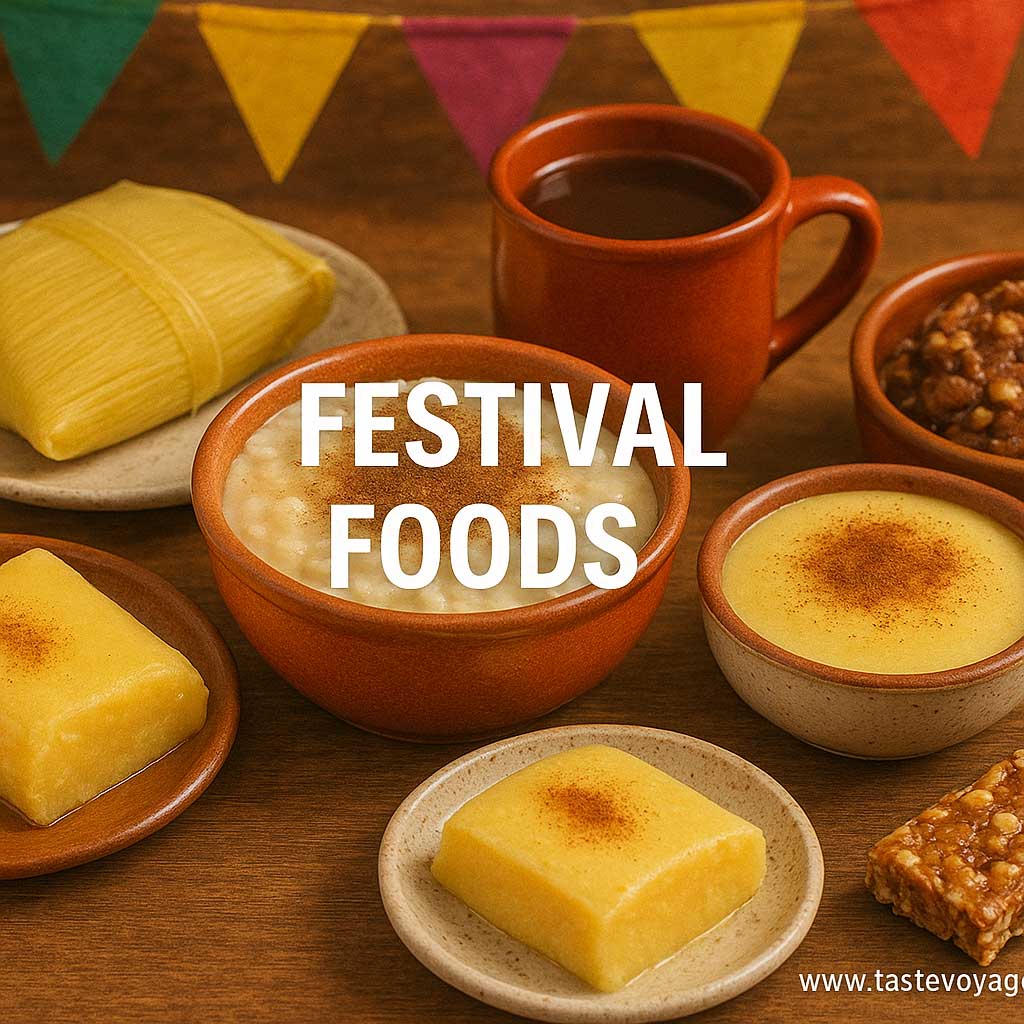Brazilian New Year Food Traditions: Celebrate with Flavorful Customs
Travel the World Through Food >> Brazilian Cuisine>>Festival Foods>> Brazilian New Year Food Traditions: Celebrate with Flavorful Customs
Brazilian New Year Food Traditions: Celebrate with Flavorful Customs
Brazilian New Year Food Traditions: A Celebration of Flavor and Culture
Brazilian New Year celebrations are vibrant and full of life, and food plays a central role in this festive atmosphere. As the clock strikes midnight, families and friends gather to share special dishes that symbolize hope, prosperity, and renewal. These culinary traditions are more than just delicious foods; they carry deep cultural significance and reflect the rich diversity of Brazil’s heritage.
The Cultural Significance of New Year Food in Brazil
In Brazil, the New Year is a time to embrace new beginnings and leave behind the old. Food traditions during this celebration are imbued with symbolic meaning. Many dishes are believed to attract good luck, abundance, and positive energy for the coming year. For example, certain ingredients are chosen carefully for their symbolic values or are linked to specific hopes and aspirations. This makes the New Year’s meal a meaningful ritual that unites families and communities in shared tradition.
Key Ingredients and Their Meanings
Brazilian New Year foods often feature ingredients that symbolize prosperity and happiness. Lentils, for example, are commonly included because their round shape represents coins, symbolizing financial abundance. Pomegranates are also popular for their vibrant color and juicy seeds, which are thought to bring fertility and vitality. In addition, many dishes incorporate fish, symbolizing abundance and flow, aligning with the Brazilian appreciation for fresh seafood.
Popular Dishes and Their Culinary Significance
One of the iconic dishes served during Brazilian New Year celebrations is lentil stew, highlighting the importance of prosperity and good fortune. Another traditional dish is white rice, which signifies peace and purity. Fresh fruits, especially those with bright colors, are often part of the meal, reinforcing themes of vitality and renewal. Sweets like fudge and fruit salads also play a role in the festivities, emphasizing sweetness and enjoyment in the year to come.
The Role of Food in Building Community
Sharing food during the New Year festivities fosters a sense of togetherness and community in Brazil. Traditional dishes are often prepared with care and shared among loved ones, reinforcing bonds and collective hope. The act of preparing and enjoying these foods serves as a joyful ritual that connects generations and sustains cultural heritage.
Celebrating with a Rich Culinary Heritage
Brazilian New Year food traditions are a reflection of the country’s diverse cultural landscape. From regional variations to family recipes passed down through generations, these culinary customs celebrate the rich tapestry of Brazil’s cultural identity. Their beauty lies not only in taste but in their ability to bring people together in celebration of hope and new beginnings.
Embracing the Tradition
For many, participating in these food traditions is a heartfelt way to honor the past and welcome the future. They serve as a delicious reminder of Brazil’s joyful spirit and the universal desire for happiness, health, and prosperity. Whether enjoyed at a lively gathering or a quiet family dinner, these customs create lasting memories and a sense of belonging.
Conclusion
Brazilian New Year food traditions are much more than a feast. They represent a cultural expression of hope, prosperity, and community. The symbolic ingredients and dishes enrich the celebration, making it a meaningful and flavorful experience for everyone involved. As you learn about these traditions, you gain a deeper appreciation for Brazil’s vibrant culinary culture and the universal power of food to bring people together in joy and renewal.
